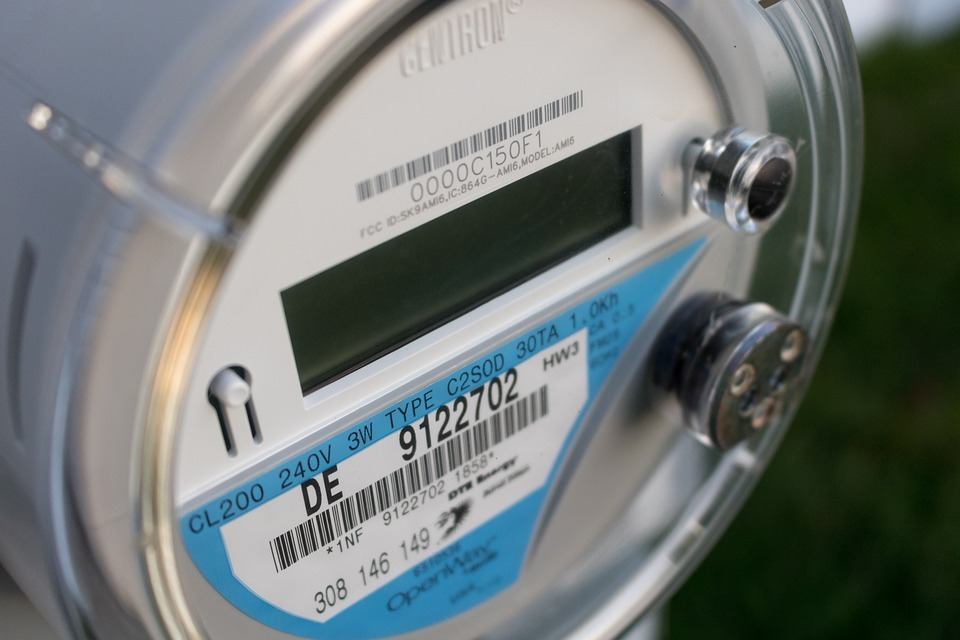Within the past few years, the number of all-electric homes has increased and has continued to grow as people have re-evaluated their living situations during COVID lockdowns. Buyers continue to change their purchasing habits to gravitate toward environmentally-friendly housing for several reasons. They want to lower their carbon footprint as well as seek out ways to improve their health and capitalize on tax incentives. Use this guide to learn more about what you can expect with an all-electric home and how it can benefit your health and wallet.
What Is an All-Electric Home?
If you’ve ever heard the term “all-electric home,” you might wonder what features make up an all-electric home. Four crucial technologies provide the heating, cooling, and cooking that are essential to any home:
- Heat pump: Electric heat pumps can heat and cool your home. They move the heat inside your home when it’s cold and outside when it’s hot.
- Heat pump water heater: This technology uses electricity to move heat from one place to another instead of generating heat directly.
- Induction stove: These stoves look similar to gas stoves, but induction stoves have an electromagnetic field that creates a glow when they’re on. The heat is transferred through conduction, so once you remove the pan from the stove, the heating stops.
- Electric fireplace insert: This is installed in a fireplace and serves as the primary heating element. They’re cheaper than the gas equivalent and have little to no risk since there’s no flame involved.
Image via Pixabay by rgaudet17
Why Is Interest in All-Electric Homes Increasing?
According to a study conducted by the U.S. Energy Information Administration, in 2015, 1 in 4 homes in the United States used only electricity. Over the past decade, the number of all-electric homes has increased, particularly across the Midwest and South.
The construction of single-family all-electric homes recently has increased substantially, mainly due to the COVID-19 pandemic. Lockdowns forced Americans to shift from working in an office to working at home, thus giving rise to a desire for a home with more space. As a result, new construction sales increased. Instead of passing that increased cost directly to the consumer, developers tried to keep energy costs down and attempted to lower the impact on the environment by offering all-electric homes.
Advances in the types of equipment available, such as improvements in heat pump technology, as well as faster population growth in warmer climates, have also contributed to the increasing demand.
What Are the Benefits of an All-Electric Home?
The pros for building an all-electric home are numerous and include the following:
- Better indoor air quality: Burning gas inside your home without proper ventilation has significant consequences for the air you breathe. All-induction stoves eliminate the risk without compromising the ability to prepare food.
- Operation costs: It costs less to operate all-electric appliances.
- High-quality performance: All-electric technologies also give you more power and control compared with their gas-powered counterparts. They also have many smart features, such as Wi-Fi-enabled controls that you can operate remotely. They’re also quieter.
Are the Costs Higher for an All-Electric Home?
The idea that all-electric homes are cheaper to construct isn’t a new belief. The potential upside of constructing an all-electric home is the installation of a heat pump, which is the most energy-efficient piece of technology used for heating homes with electricity. It also provides air conditioning, so now you have both heating and cooling taken care of. Using a heat pump can also save the developer the costs of laying a gas line. It’s also important to note that retrofitting an existing home from gas to electric is more complicated and expensive compared with completing a new-construction all-electric home. With the increase in technology, the costs of all-electric appliances have decreased. Heat pumps previously cost upwards of $1,200; now, you might find quality ones for about $800, including installation. The sticker prices of all-electric appliances are typically higher than those of their gas counterparts, but costs are heading downward.
What Are the Cost Savings?
The costs to operate all-electric appliances are consistently significantly lower than the gas-powered ones. Heat pumps typically use energy up to five times more efficiently than older natural gas options. When shopping for appliances, make sure to look at the EPA Energy Guide stickers to determine just how much you can save if you switch to electricity. Another incentive is that you will no longer need to pay the monthly connection fee to be tied into the natural gas infrastructure. Depending on where you live, this could be about $10 per month.
What Incentives Are Available?
Another reason to consider building an all-electric home involves tax credits and energy efficiency incentive programs. In some instances, you might need to complete an application before you start the construction process. It’s best to check with your state’s tax authority to determine how you can qualify.
It was recently announced that tax credits for residential energy efficiency have been extended through December 31, 2021, and tax credits for residential renewable energy products are available through December 31, 2023. You might also qualify for rebates for purchasing Energy Star-certified products.
The energy-efficiency incentive programs encourage homeowners to protect the environment while outfitting their homes with energy-efficient home improvement products. You might qualify for financial assistance through these programs, which are offered through the state or federal government or a private-sector company. Different states offer different types of energy efficiency tax credits, and you might also qualify for rebates from your utility company.
As one of the top five national companies that offer NGBS Green and EPA Energy Star Certifications, Energy Diagnostics, Inc. has compiled more than 40,000 certifications to date, as well as rated and inspected more than 60,000 homes in Illinois, Indiana, and Michigan since our company began. As an energy-efficiency company, we strive to improve the single-family and multifamily housing stock to greatly reduce energy consumption while protecting the environment for generations to come. To learn more about how you can help us further our mission, reach out to us today.

